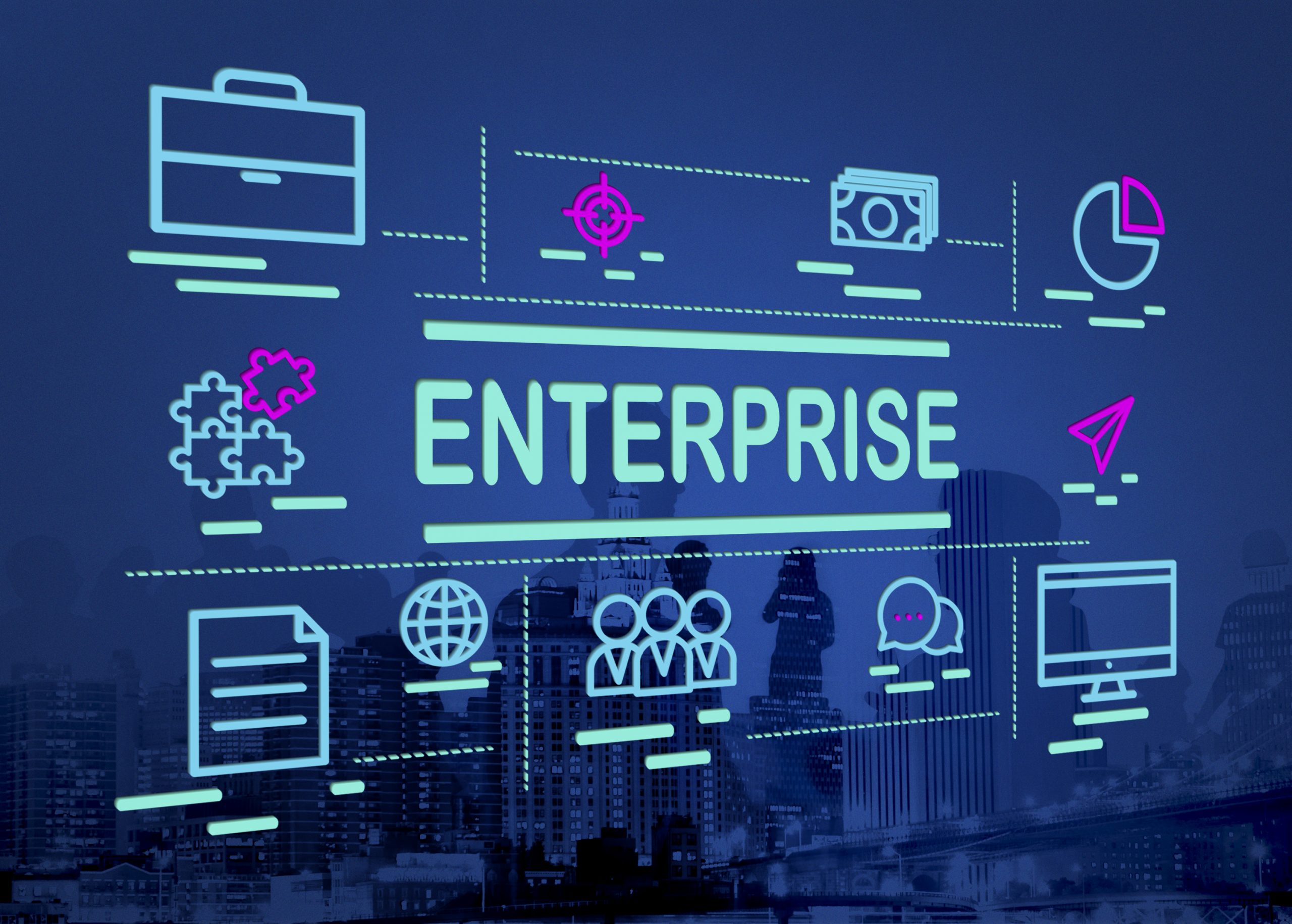Implementing an Enterprise Resource Planning (ERP) system can be a transformative decision for your business, but it comes with its own set of challenges. Following ERP implementation best practices can ensure a smooth transition, minimizing disruptions and maximizing system efficiency. Here’s a guide to some essential ERP implementation best practices that can help streamline the process.
1. Define Clear Objectives and Goals for ERP Implementation
One of the most important ERP implementation best practices is to define clear objectives and goals from the outset. Understanding what you want to achieve with the ERP system helps guide the implementation process and align it with your business needs. These goals could range from improving process efficiency, reducing costs, or enhancing data accuracy. By setting measurable goals, you can evaluate the success of your ERP system post-implementation.
2. Involve Stakeholders Early in the Process
Involving key stakeholders in the planning and decision-making stages is critical to successful ERP implementation best practices. This includes not just the IT team but also end-users, department heads, and executives. Their input can help in selecting the right features, understanding the operational impact, and ensuring the ERP system meets the needs of all departments. Early involvement of stakeholders also helps in getting their buy-in, reducing resistance to change.
3. Choose the Right ERP System
Choosing the right ERP system is foundational to ERP implementation best practices. Not all ERP systems are created equal, and selecting the one that best fits your business requirements is crucial. Consider factors like scalability, industry-specific features, user-friendliness, and vendor support. Take the time to evaluate multiple vendors and get feedback from companies within your industry to ensure you’re making an informed decision.
4. Provide Comprehensive Training to End Users
Providing comprehensive training is a key part of ERP implementation best practices. No matter how advanced your ERP system is, its success depends on how effectively it is used by your team. Invest in thorough training sessions that cover all features of the system and provide ongoing support post-implementation. This helps avoid user frustration and ensures the system is used to its full potential.
5. Conduct Regular Testing Before Go-Live
Testing is essential to ERP implementation best practices. Before going live with the ERP system, conduct multiple rounds of testing to ensure all components function as expected. This includes unit testing, system testing, and user acceptance testing. Identifying and resolving any issues early helps avoid complications once the system is live, ensuring a smooth transition.
6. Monitor and Optimize Post-Implementation
After the system is live, continuous monitoring is one of the most important ERP implementation best practices. Keep track of system performance, user feedback, and any operational issues that arise. Use this information to optimize the system regularly, ensuring it remains aligned with your business processes. Post-implementation reviews can help pinpoint areas for improvement and maintain the efficiency of the ERP system.
Conclusion
Following ERP implementation best practices is key to ensuring a smooth and successful transition. By defining clear goals, involving stakeholders, choosing the right system, and providing proper training, businesses can mitigate risks and maximize the benefits of their ERP solution. For more insights on ERP and business solutions, visit Bedots.
Read more: Benefits of ERP Integration with Business Systems



